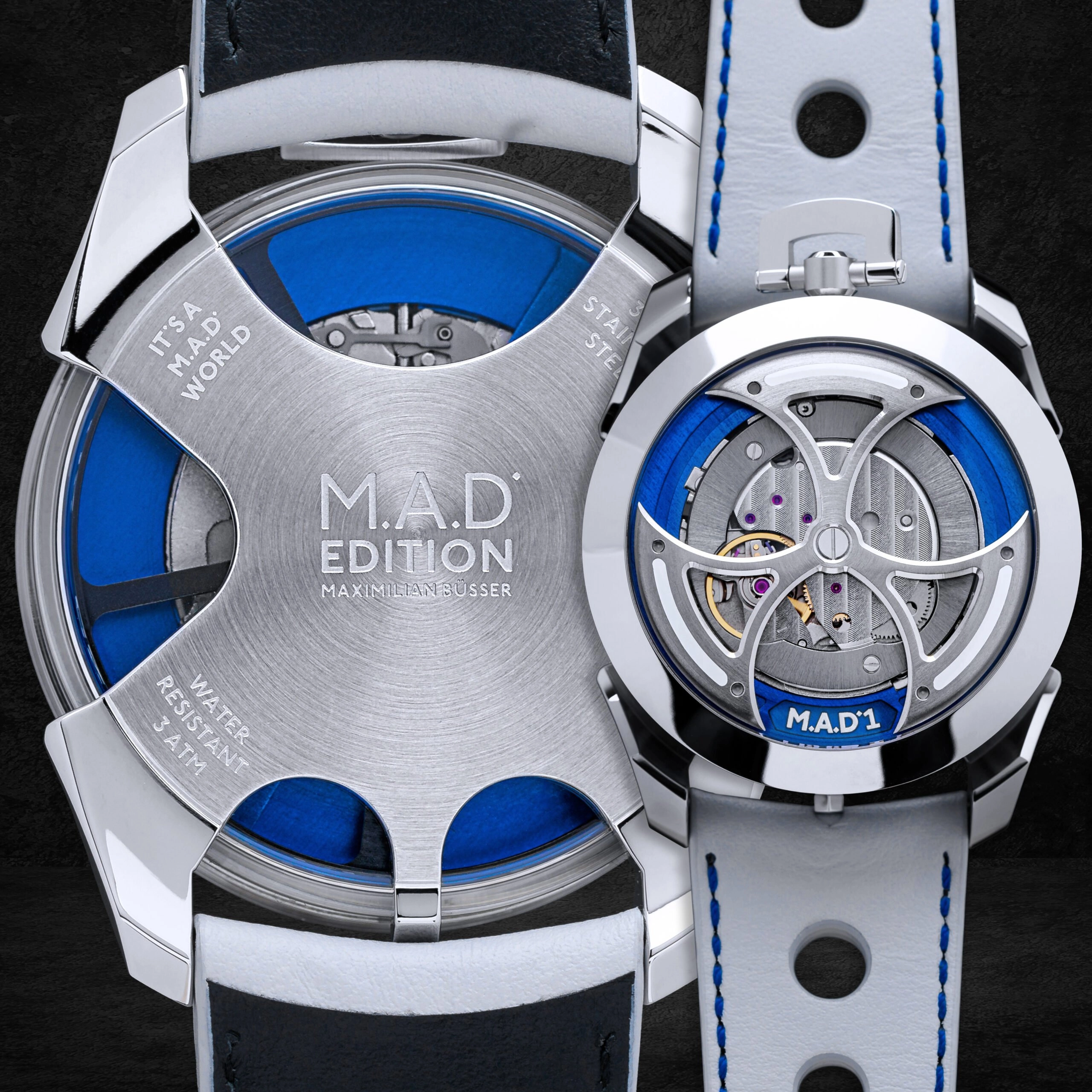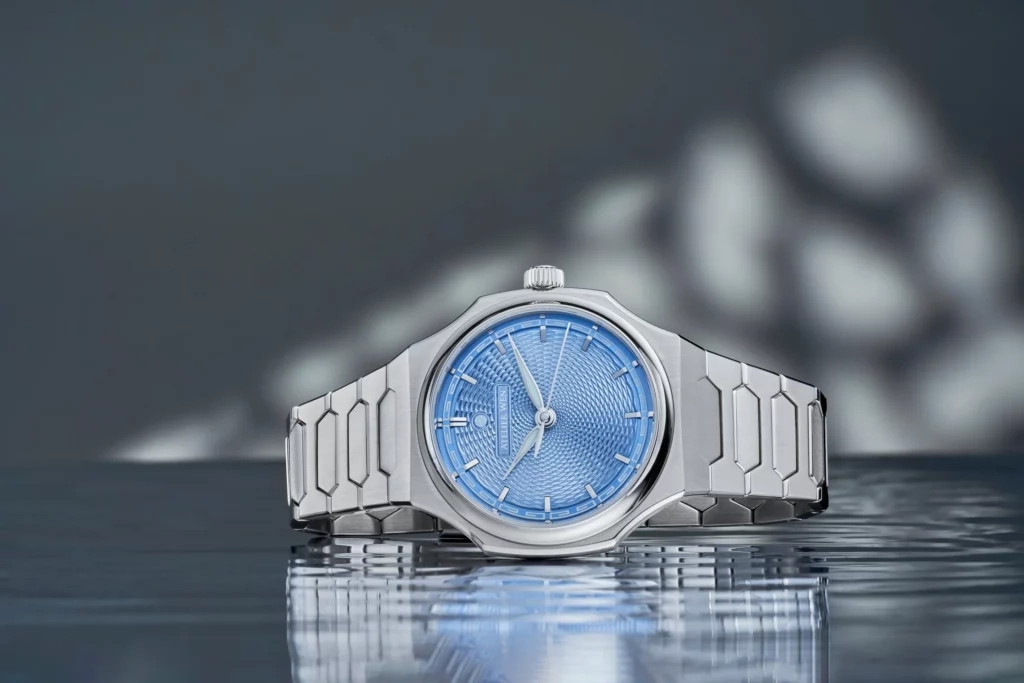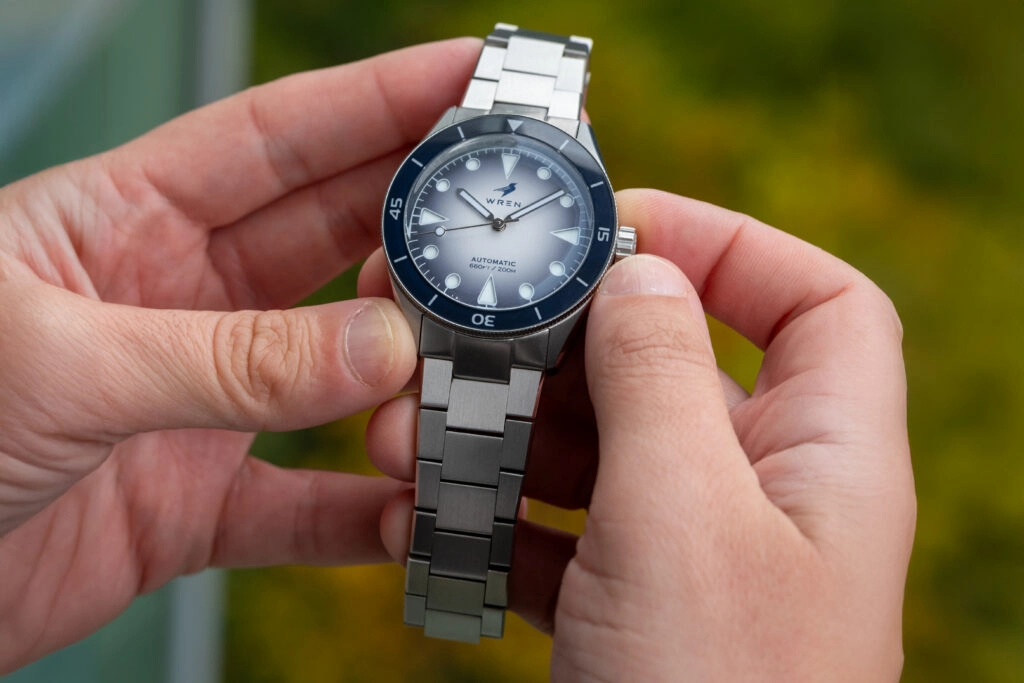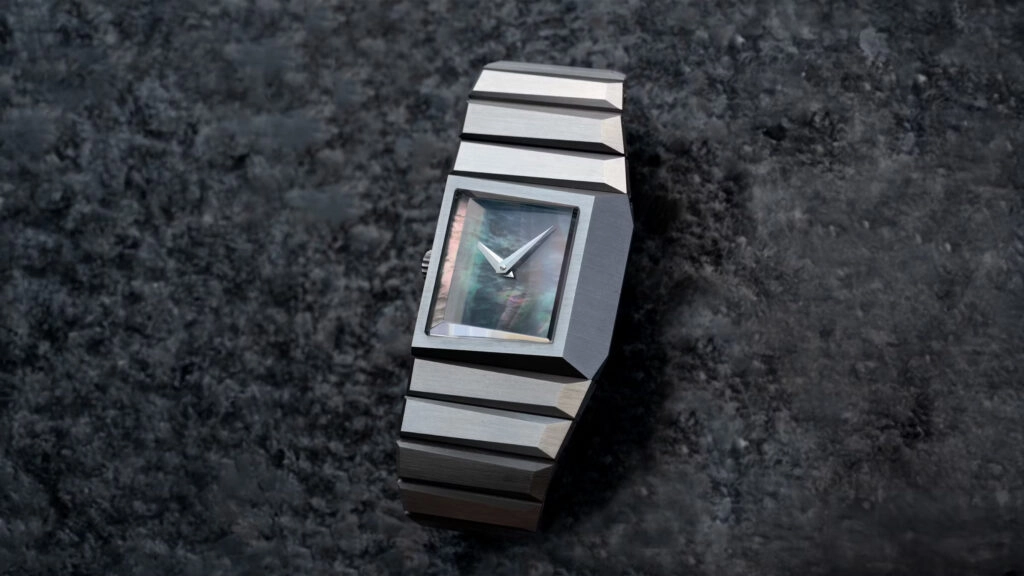The Democratization of Independent Watchmakers
Indies
In the last ten years, one of the largest growing segments of the watch market has been the independent sector. Smaller manufacturers, producing pieces for niche markets of collectors, the independent space has been pairing enthusiasts with ever more unique watch designs, movement architectures, and innovations. Removing mass market appeal, the smaller production independent segment has allowed collectors to explore less mainstream approaches to horology.

Independent watchmaking has commanded a substantial premium. With generally smaller production numbers and expensive R&D processes required to execute their unique designs, independent watches necessarily and naturally commanded higher asking prices. That said, in the last few years, we have witnessed a democratization of the indie watch sector.
To get to the bottom of the renaissance of the independent watchmaking industry, we’ve reached out a familiar face – Craig Karger, contributor to the European Watch Company, founder of Wrist Enthusiast and more recently, Wren Watches – an emerging independent. We also spoke to Robin Tallendier of Atelier Wen, another exciting independent with striking designs. Karger and Tallendier highlighted a variety of important attributes of independents and shed light on the trajectory of the industry.

Pushing the Boundaries of Design
There’s no doubt that the hallmark of independents exists on the design front. Karger emphasized the unique positioning suggesting that independent watchmaking, “is really about creative freedom. Without the constraints of mass-market demands or shareholder expectations, independents can push boundaries, whether in design, mechanical innovation, or storytelling.” To a large extent, a mass market brand is tethered to the tastes and demands of a much more broad range of collectors. To sell 50,000+ pieces a year, a brand has to create watches that appeal to 50,000 wrists. Not so with independents.
In much the same regard, the smaller network of the independent watch industry allows collectors to be intimately invested in the creative vision of a brand’s visionary or designers. Karger explained, “Collectors today crave originality and story. They want to feel connected to the watchmaker, and independents offer that kind of intimacy, something the big names often can’t replicate.” It’s precisely this intimacy that surrounds the watch collecting experience with a sense of meaning, connection, and purpose. Instead of simply investing in a piece of consumer intrigue, independents allow collectors to feel like a part of a broader story and narrative. Karger emphasized that he has personally witnessed the way customers get excited about supporting the mission of Wren as patrons of a brand on the climb.

A close collector friend of mine told me that collecting independents is “a two way street. Without the limits of appealing to a broad audience, most makers just do whatever they want. The collectors that like it follow. It’s the purest manifestation of the design process— entirely unencumbered by the desires of the market”.
The Evolution of Independent Watchmaking
With the expansion of brands like F.P. Journe, George Daniels, Philippe Dufour, and more, the independent space has seen a whole host of brands join the mix, each contributing their own unique flavor of horological intrigue. Tallendier described the rapid growth of the independent space saying, “Covid enabled e-commerce for more expensive pieces to boom which gave an environment for independents, who are typically more expensive than micros, to grow. Covid also acted as a large accelerator for watch collecting as a whole. I feel as the base grew, collectors also became more educated and sophisticated in what they want.” This increased sophistication and particularism naturally bred a groundswell of support for the independent space.
Karger spoke to the ways in which the independent space has really changed in the last few years. “It was a niche within a niche”, he told me. In contrast with the once well-kept secret of independents, today, “it’s far more visible. The barriers to entry are lower and I have seen over the last few years, true independents in the $2,000-$5,000 price range.” This gets to the heart of the trend we have witnessed across the board. We are finally seeing greater appreciation for the creative quirks of the Independent space, and a celebration of, and support for, independents within the enthusiast and broader watch communities.
Tallendier mentioned the unique macro conditions that are also helping to fuel innovation, saying that, “overall, because the market is getting tougher products are getting more ambitious and competitive leading to more interesting choices for customers”. This has pushed the creative front ever more to the edge, giving birth to many more striking designs than previously pursued.

This broadened scope of independents has coincided with a general expansion of the affordable watch collecting community as a whole. Whereas collecting on its own used to be cost prohibitive for many, the industry has expanded substantially on the sub 5k side of the spectrum to include a whole host of collectors that are just as discerning and knowledgeable as the more high end collectors of yesterday. This impassioned subset of the collecting community naturally has supported the expansion of the independent space as well.
With Wren, Karger made mention of the instrumental role social media has played in allowing these more affordable brands to establish a footing affordably and effectively. There’s an unprecedented ability of brands, even with smaller budgets, to find their target audience with an ever more connected network online. This has made it possible for brands to find their consumer base quicker, and build a community of enthusiasts around their products.
The Future of Independent Watchmaking
With the ever-growing popularity of the independent sector of the watch community, we can only expect to see more and more brands pushing the boundaries both with design and affordability. Independent watchmaking is a celebration of the art of horology in its purest form, and at European Watch Company we’re excited to see what’s next for the industry. Tallendier said he’s looking forward to seeing “true icons” emerge in the independent segment, a development that will come with a few more years of the independent space expanding its influence. The world of independents is rapidly changing, and the quality of the executions, development of the designs, and diversity of offerings is ever growing and expanding to new customers. Or as Karger put it, "'Independent' no longer means rough around the edges. It means original, yes, but also refined. The bar is higher, and I see that as a good thing. It pushes all of us to do better."